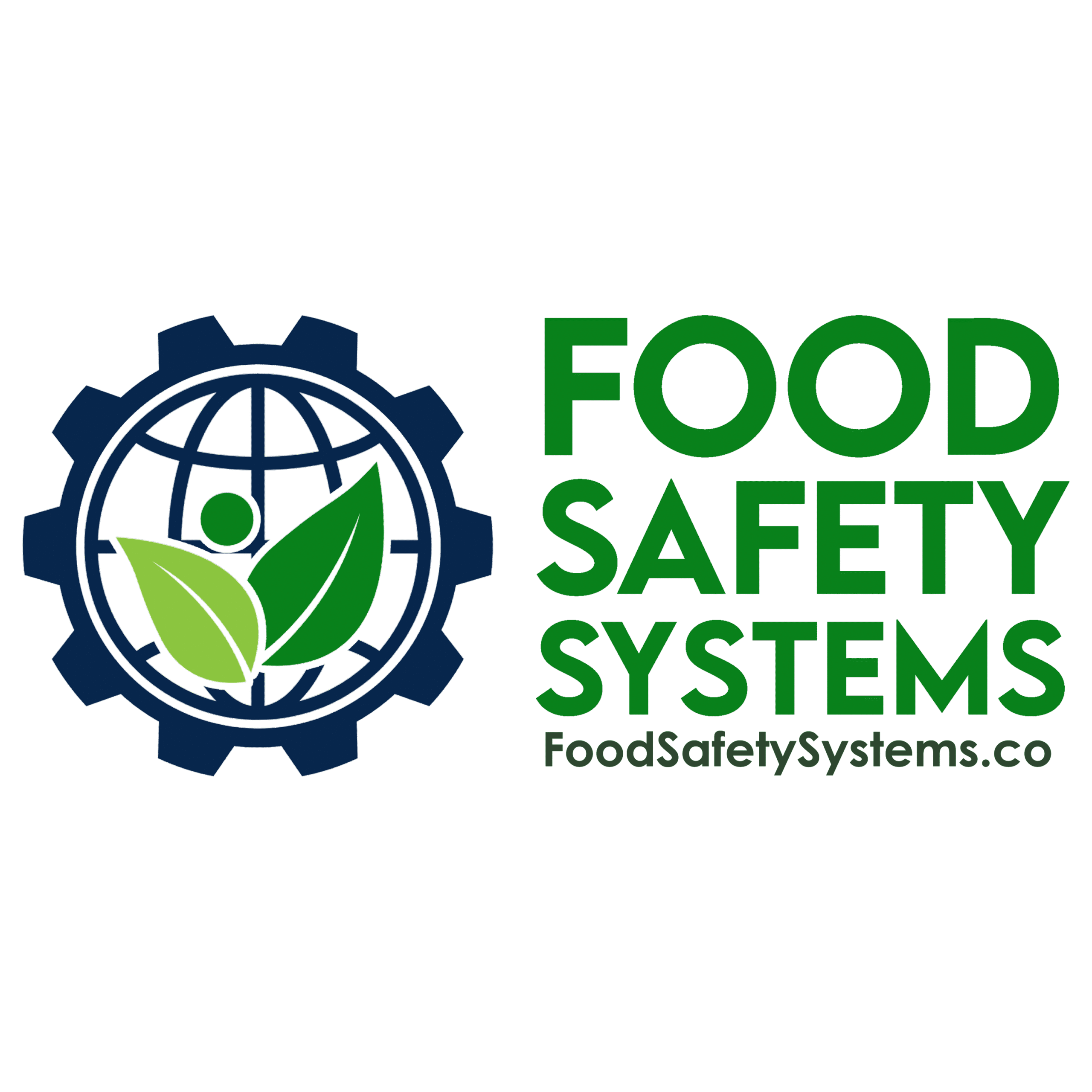Corrective & Preventive Actions (CAPA)

Aligned with FSSC 22000 – ISO-Based Food Safety Management System (FSMS)
Requirement Overview
Under FSSC 22000, organizations must establish a documented system for managing non-conformities, conducting root cause analyses, and implementing corrective and preventive actions (CAPA). This ensures that issues are contained, resolved, and prevented from recurring, supporting continual improvement of the food safety management system.
An effective CAPA process not only ensures certification readiness but also strengthens operational resilience and reduces risks across the supply chain.
Key Compliance Objectives
-
✓ Identify and isolate non-conforming products or processes
✓ Conduct structured root cause analysis using recognized tools
✓ Implement corrective and preventive actions to prevent recurrence
✓ Verify effectiveness and maintain complete CAPA records
Step-by-Step Compliance Implementation
1. Identify the Non-Conformity
-
Examples Include:
-
• Deviations from CCP limits or operational parameters
• Customer complaints or returns
• Internal audit or inspection failures
• Failed verification activities or lab results
Evidence to Maintain:
-
• Non-conformance reports (NCRs)
• Supporting data (photos, test results, logs)
• Initial risk/impact assessments
- • Deviations from CCP limits or operational parameters • Customer complaints or returns • Internal audit or inspection failures • Failed verification activities or lab results
- • Non-conformance reports (NCRs) • Supporting data (photos, test results, logs) • Initial risk/impact assessments
2. Contain and Control
-
Containment Actions:
-
• Isolate or hold affected products
• Notify relevant departments, suppliers, or customers
• Suspend production if needed to prevent further issues
Evidence to Maintain:
-
• Hold tags or quarantine records
• Notification and communication logs
• Product traceability and batch details
- • Isolate or hold affected products • Notify relevant departments, suppliers, or customers • Suspend production if needed to prevent further issues
- • Hold tags or quarantine records • Notification and communication logs • Product traceability and batch details
3. Investigate Root Cause
-
Common Tools:
-
• 5 Whys
• Fishbone (Ishikawa) Diagram
• Cause-and-effect analysis
Evidence to Maintain:
-
• Completed root cause forms
• Meeting notes from cross-functional investigations
• Records of interviews or supporting observations
- • 5 Whys • Fishbone (Ishikawa) Diagram • Cause-and-effect analysis
- • Completed root cause forms • Meeting notes from cross-functional investigations • Records of interviews or supporting observations
4. Implement Corrective and Preventive Actions
-
-
• Corrective Actions: Address the immediate problem
• Preventive Actions: Address the root cause to avoid recurrence
Evidence to Maintain:
-
• CAPA log with assigned actions, timelines, and owners
• Updated SOPs, process changes, or job aids
• Completed training and communication records
- • Corrective Actions: Address the immediate problem • Preventive Actions: Address the root cause to avoid recurrence
- • CAPA log with assigned actions, timelines, and owners • Updated SOPs, process changes, or job aids • Completed training and communication records
5. Verify Effectiveness
-
Verification Techniques:
-
• Follow-up audits or process checks
• Trend analysis of similar issues
• Retesting or reinspection of product or processes
Evidence to Maintain:
-
• Verification checklists
• Signed-off effectiveness reviews
• Post-CAPA performance data or test results
- • Follow-up audits or process checks • Trend analysis of similar issues • Retesting or reinspection of product or processes
- • Verification checklists • Signed-off effectiveness reviews • Post-CAPA performance data or test results
Common Audit Findings & Recommended Fixes
| Audit Finding | Recommended Action |
|---|---|
| No clear root cause identified | Use structured tools (e.g. 5 Whys), involve multi-disciplinary team |
| Only short-term fixes applied | Implement preventive measures to prevent recurrence |
| No verification of effectiveness | Conduct follow-up audits and trend analysis |
| Poor documentation or incomplete logs | Standardize forms, assign responsibilities, and track status |
Auditor Verification Checklist
During an FSSC 22000 audit, be prepared to present:
-
• Documented CAPA procedure and policy
• Recent non-conformance reports and root cause analyses
• Evidence of corrective/preventive actions taken
• Records of effectiveness review and closure verification
Implementation Roadmap
Build Your System
-
✓ Develop a CAPA SOP aligned with FSMS requirements
✓ Assign CAPA coordinators and define responsibilities
Train and Apply
-
✓ Train staff on identifying and reporting nonconformities
✓ Standardize investigation and CAPA forms
Monitor and Audit
-
✓ Track open CAPAs and overdue actions
✓ Include CAPA review in internal audits and management reviews
Improve Continuously
-
✓ Adjust training, procedures, or controls based on CAPA insights
✓ Share lessons learned across departments
Why This Matters?
-
✓ Demonstrates a structured and proactive response to food safety and quality issues
✓ Strengthens continual improvement of the FSMS
✓ Minimizes recurrence of errors and hazards
✓ Reinforces accountability and audit readiness under FSSC 22000
Support Tools Available
Food Safety Systems provides:
-
✓ CAPA form templates and logbooks
✓ Root cause analysis tools (5 Whys, Fishbone diagrams)
✓ SOPs for CAPA process aligned with FSSC 22000
✓ Internal audit checklists for effectiveness verification
Privacy Policy | Terms of Service
Powered by interlinkIQ.com, Developed by ITBlaster.net, Owned and Operated by Consultare Inc. Group, A Compliance Company. All Rights Reserved.







